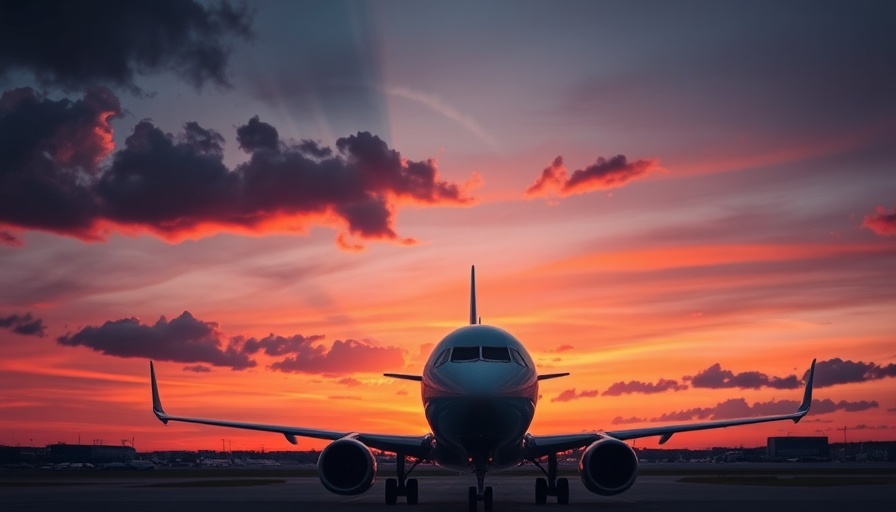
Tragic Midair Collision: A Shocking Event
On January 30, 2025, a devastating midair collision claimed the lives of 67 individuals, igniting a national outcry for answers and accountability. The incident occurred over the Potomac River, involving an American Airlines regional jet and a U.S. Army Black Hawk helicopter, just minutes before the jet's scheduled landing at Reagan National Airport. Among the deceased were budding and celebrated figure skaters, alongside their coaches, returning from a development camp. This tragedy has drawn attention not only for its loss of life but also for the broader implications concerning aviation safety protocols.
Historical Context and Background
The incident raises critical questions about aviation safety and the effectiveness of air traffic control systems. Historical data show that midair collisions have progressively decreased since the introduction of modern navigation technology, yet this particular event highlights gaps in teamwork between military and civilian air operations. Investigations are now underway to assess the adequacy of existing communication protocols between the Federal Aviation Administration (FAA) and military flights, and whether improvements are necessary to prevent similar tragedies in the future.
Social Connection: Why This Information Matters
The impact of this tragedy extends far beyond the immediate victims. Families and communities are left to grapple with an unimaginable loss while questioning the systems in place to protect air travelers. This accident serves as a stark reminder of the vulnerability of even the most routine travel, emphasizing that safety should always be paramount. The emotional toll on survivors often goes unacknowledged, underscoring the need for ongoing support and outreach in communities affected by aviation incidents.
Future Predictions and Opportunities for Change
In the wake of this tragic event, there lies an opportunity for reform in aviation safety protocols. Experts predict that this could lead to a reevaluation of air traffic management systems, particularly focusing on enhancing the coordination between civilian and military air traffic. The goal will be to avert similar occurrences and ensure that air travel can be confidently relied upon, making strides toward advanced technological integration and improved safety standards. With technological innovations advancing rapidly, addressing these gaps must become a priority.
An Emotional and Human Perspective
As we reflect on this tragedy, it’s essential to remember that each number represents a life, filled with dreams and aspirations. This event affects not just the skilled athletes who perished but resonates with their families and friends, who now endure the heartbreak of loss. It highlights the fragility of life and the interconnectedness of our communities. Such tragic reminders call us to advocate for safer skies, taking collective action to ensure that our shared experiences are not marred by preventable disasters.
Conclusion: A Call for Vigilance and Reform
This midair collision is a sobering reminder of the importance of aviation safety and the continuous need for vigilance in protecting our skies. As investigations continue, it is crucial for authorities to address identified flaws and enhance safety measures, ensuring the safety of all passengers, and honoring the memories of those lost on that fateful day.
 Add Row
Add Row  Add
Add 




Write A Comment